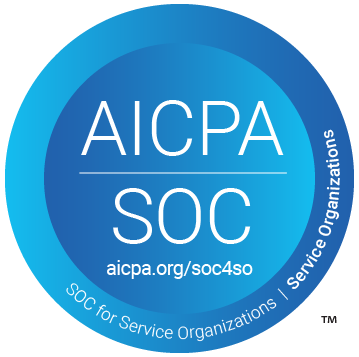In the first game of the 2014 Stanley Cup playoffs, between the Minnesota Wild and the Colorado Avalanche, trailing by one point in regulation time, with just over three minutes remaining, Colorado coach Patrick Roy pulled his goalie to get an extra attacker on the ice. Any hockey fan will know that pulling the goalie with more than three minutes left in regulation — when down by only a single goal — is a highly unusual and risky action. It paid off. The Avalanche scored a goal with 13 seconds remaining and won the game in overtime. Coach Roy took a calculated risk, and in that game, it paid off.
Dictionary.com defines a calculated risk as “a chance of failure, the probability of which is estimated before some action is undertaken.” Most people believe they are calculating when they decide to take an action they perceive as risky or they decide to avoid a seemingly risky action. But, do most people really do the math? Or, do most people just go with their gut? My unanalyzed speculation is that there is a lot less real calculation of risk than most people think.
I do not know whether Coach Roy — who pulled his goalie four times during the seven games of the Avalanche’s Stanley Cup run — did the math to support his coaching decisions. Two Wall Streeters (Clifford Asness and Aaron Brown ) did do the math. They published their findings in a fascinating paper titled Pulling the Goalie: Hockey and Investment Implications. They found that when a team is trailing by one point, the optimal time to pull a goalie (versus never pulling the goalie) is with 4:20 remaining in regulation time. If done consistently over the course of an 82 game season, a team can expect to score 4.18 additional points. It might not seem like much, but those four points can often spell the difference between making the playoffs or going home at the end of the regular season.
So, what does all of this have to do with marketing? In the current economic climate many companies have decided not to risk spending marketing dollars. For a minority of companies, their business model has profited from the shelter-in-place orders (e.g. home food delivery). Certain companies properly positioned to fill the needs of a homebound population seem to feel they have so many new customers they are not sure what to do with them. Most companies, however, have suffered from the national GDP contraction of almost 5%. Whether winning or losing, it seems every company’s first reaction is to cut their marketing budget. Is this response to the economic climate “calculated”? At a gut level, cutting marketing budgets might feel right, but research suggests that it is not the right risk decision.
Back in 2005, three professors (Raji Srinivasan, Arvind Rangaswamy, and Gary Lilien) decided to research the effects of aggressive marketing during a recession. They studied the markets, ran the numbers, and answered this question at length in their article Turning adversity into advantage: Does proactive marketing during a recession pay off? They found that firms with a strategic emphasis on marketing and an entrepreneurial culture, that engage in aggressive marketing campaigns during a recession, will realize benefits both during and after the recession. Simply put, companies could improve performance during a recession by proactively investing in marketing activities. In part, these performance benefits are gained because proactive marketing in an environment where competitors are reducing marketing activities allows the proactive company to grab a greater share of voice in the marketplace.
Management needs to ask itself what the greater risk is: being silent during a recession and pulling back on marketing efforts or proactively going into the market and seizing ground from your silenced competitors. If you calculate the risk, silencing your brand is not the way to go. Seize the day!

